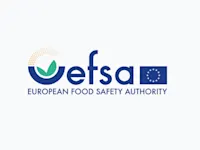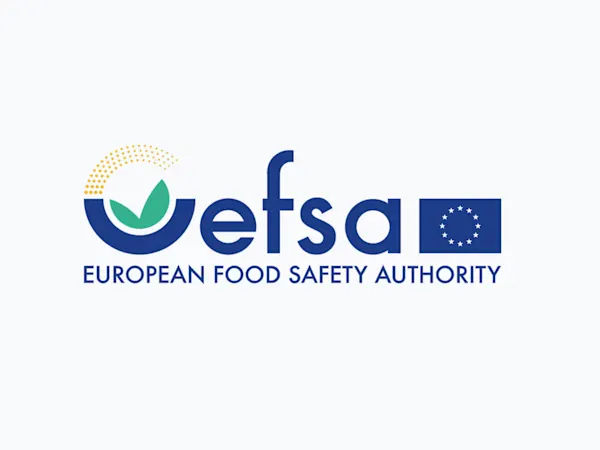
ChemSec Adds Neurotoxicants to SIN List in Landmark Step for EU Chemicals Regulation
ChemSec updates the SIN List with neurotoxicants, spotlighting brain-damaging chemicals and urging EU regulators to act swiftly on these hidden threats.


The UK's Hazardous Substances Advisory Committee (HSAC) has recommended the adoption of New Approach Methodologies (NAMs) in chemical regulation, paving the way for the UK to enhance chemical safety while reducing animal testing. This proposal, presented to the Department for Environment, Food & Rural Affairs (Defra), aligns with post-Brexit opportunities and aims to position the UK as a global leader in sustainable chemical assessment.
In response to Defra's request, HSAC has outlined a framework for integrating NAMs, which are advanced, cruelty-free testing methods that bypass traditional animal-based toxicology. NAMs leverage high-throughput screening, computational modelling, and 'omics' technologies (e.g., genomics and proteomics), allowing for a precise understanding of chemical effects on biological processes. These tools support the UK's commitment to the 3Rs principle of reducing, refining, and replacing animal testing while enhancing the robustness of chemical safety data.
Since 2012, NAMs have gained traction through initiatives like the OECD’s Extended Advisory Group on Molecular Screening and Toxicogenomics and substantial EU funding projects, including Horizon Europe’s PARC initiative. HSAC notes that integrating NAMs under UK REACH could substantially reduce animal testing, accelerate assessments for thousands of chemicals, and support international safety standards. “The UK is well-positioned to leverage its scientific advances in public health and regulatory science,” HSAC stated, recognising NAMs as a path to regulatory efficiency and environmental protection.
HSAC’s report highlights several strategic recommendations:
NAMs could bring substantial savings for the UK chemicals industry by reducing reliance on costly animal tests, which are often viewed as an unnecessary risk, particularly for small companies. However, without clear regulatory criteria, industry stakeholders worry that NAMs data may not be accepted. To mitigate these concerns, HSAC recommends creating technology-agnostic NAMs acceptance criteria to allow for ongoing technological advancements.
The Progressive NAMs Regulatory Framework proposed by HSAC encourages a “Group First” testing approach, where chemicals are first grouped based on shared bioactivity, reducing the need for animal testing. HSAC anticipates that NAMs could eventually replace traditional methods, marking a shift towards more humane, efficient, and environmentally protective chemical assessments. This progressive adoption positions the UK to benefit early from NAMs’ advantages, potentially improving public health protections and boosting the chemical industry’s sustainability and international competitiveness.
Foresight continuously tracks 1000s of sources and maps updates to your portfolio:




ChemSec updates the SIN List with neurotoxicants, spotlighting brain-damaging chemicals and urging EU regulators to act swiftly on these hidden threats.

EFSA launches consultation on updating its Weight of Evidence and Biological Relevance guidance, aiming to streamline chemical risk assessment practices.

OECD’s new chemical data sharing guide promotes fair access, transparency, and regulatory alignment—helping companies reduce duplication and meet compliance obligations globally.
Subscribe to Foresight Weekly and get the latest insights on regulatory changes affecting chemical compliance.
Free forever. Unsubscribe anytime.
Read by professionals at